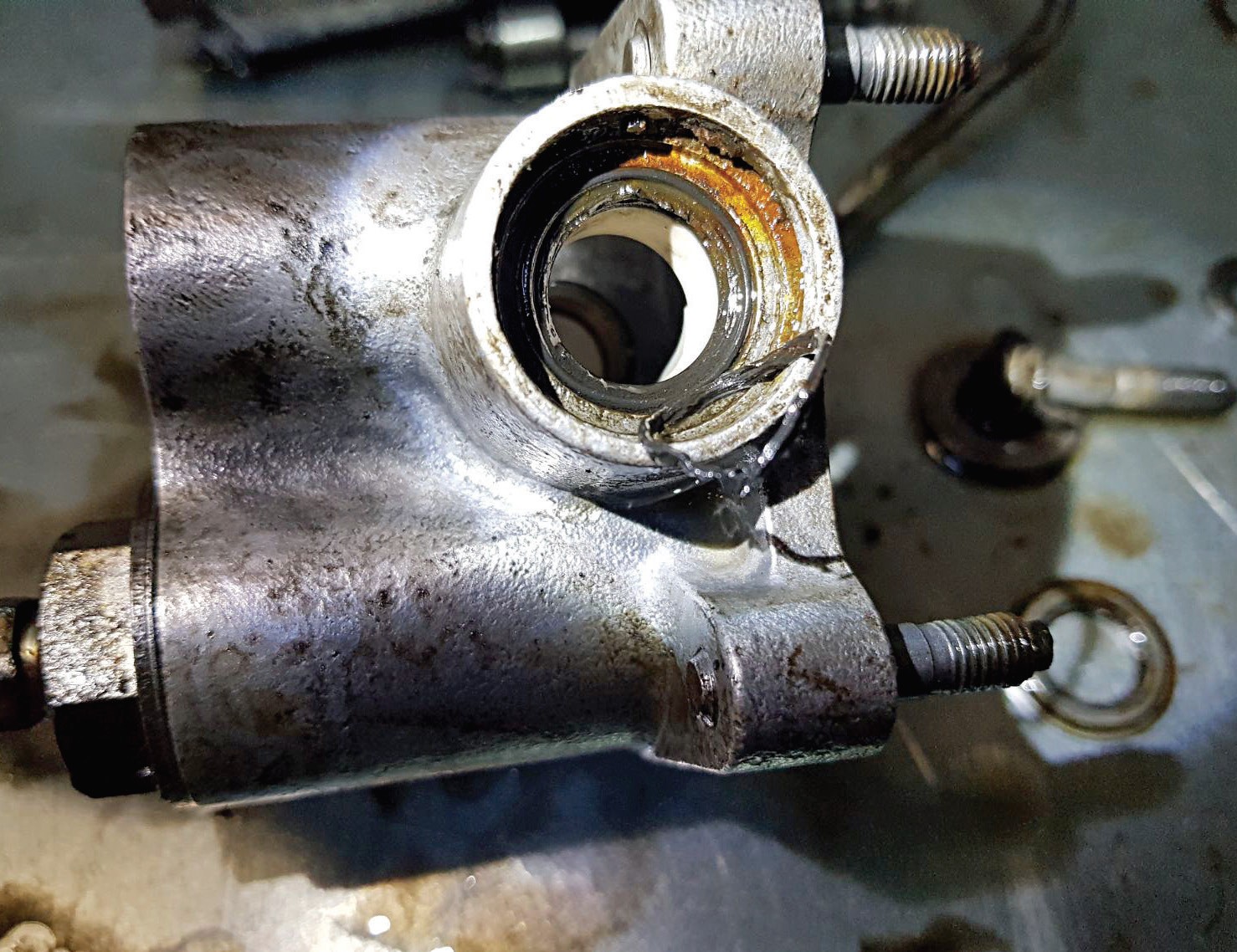There has been an ongoing issue during the past three years with leaking hydraulic units on the SY models from 1965 to 1980.
Typically, the brake pumps, accumulator and height control valves fail, sometimes only weeks, or even days after they have been serviced.
This was initially evident with the original equipment manufacturers (OEM) “Crewe Genuine” O rings causing hydraulic fluid leaks but, as time went on, it became apparent that aftermarket O rings and seal kits were also failing, usually because the rubber O rings had become brittle with signs of negative swell (shrinkage).
During normal usage and application, the rubber compound is expected to show signs of volume increase (swell) upon contact with RR363 DOT 3 brake fluid ranging between 0 - 15%. However, shrinkage is unacceptable when in contact with RR363 DOT 3 brake fluids and is considered a failure according to the Federal Motor Vehicle Safety Standards (FMVSS), Society of Automotive Engineers (SAE) and ISO4925 standards.

An example of an O-ring failing in the Height Control Valve caused by the rubber compound reacting with RR363 Brake Fluid
The RRBSA, of which we are a member, have quarterly meetings at which parts issues are discussed. Several members had experienced O ring failure and two logical causes had been suggested:
1. That the brake fluid (RR363) was being manufactured to a different formulation.
2. The quality of the rubber compound used to manufacture the O rings had deteriorated.
The initial conclusion was that the RR363 DOT 3 brake fluid was to blame because members were experiencing failures across a range of hydraulic units. However, Castrol were able to confirm that there had been no significant changes to the composition of the RR363 DOT 3 brake fluid being manufactured.
Further independent tests conducted on behalf of Flying Spares were able to show that the quality of the material that the O rings were made from, both by OEM and the aftermarket suppliers, was very poor. It is thought that the raw material being used was being imported in volume and that the quality of this raw material had deteriorated, with a consequential knock-on effect on the quality of the O rings being made from this material.
We are justifiably proud of the efforts we have made to identify and rectify the problem. We have invested heavily in the manufacture and independent testing, alongside our own in-house testing, of these new O rings from newly sourced rubber compounds and manufacturers. Our RR363 DOT 3 brake fluid O rings are now manufactured to a known consistent compound formula with full traceability, independently tested to ensure volume increase (swell) and that no negative swell (shrinkage) occurs, in accordance with Federal Motor Vehicle Safety Standards (FMVSS), Society of Automotive Engineers (SAE) and ISO4925 standards when in contact with RR363 DOT 3 brake fluid.
Each of our O rings is uniquely identified by two yellow dots for easy identification.
Flying Spares reaffirm their commitment to providing high quality aftermarket parts as part of their long-term commitment to the future of historic Rolls-Royce and Bentley motoring.
























